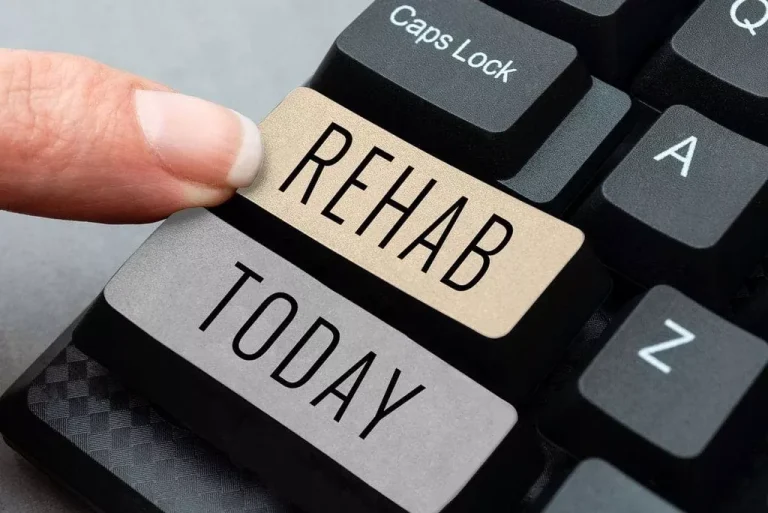Dissolving cocaine in water and injecting it (intravenous use) releases the drug directly into the bloodstream and heightens the intensity of its effects. When people smoke cocaine (inhalation), they inhale its vapor or smoke into the lungs, where absorption into the bloodstream is almost as rapid as https://ecosoberhouse.com/ by injection. Since it’s an illegal drug, you can never be sure about the quality of cocaine. To make more money, dealers may “cut” the drug with other substances, like flour, baking soda, cornstarch, or talcum powder. They can also add other drugs like amphetamine, fentanyl, heroin, or procaine.
Co-Occurring Mental Health Disorders

Surgeons used it to block pain before local anesthetic were available. The severity of the disorder can be classified as “mild” if two to three criteria are met, “moderate” if four to five are met, and “severe” if six or more are met. These classifications may help direct the most appropriate course of treatment. Having drug paraphernalia, or other items for using cocaine in your home or apartment can be a sign of addiction too.

COCAINE’S INTERMEDIATE-TERM EFFECTS: CHANGES IN GENE EXPRESSION

When stimulated, it produces feelings of deep pleasure and happiness. Nerve cells in the VTA extend into the nucleus accumbens, a key pleasure center. This center artificially “rewards” the person after cocaine use with pleasure and euphoria. Once someone becomes addicted to cocaine, it can be very hard to stop. This is because cocaine abnormally increases the level of dopamine in the brain, eventually reprogramming the brain reward system. Brain imaging studies of people with addiction show physical changes in areas of the brain that are critical to judgment, decision-making, learning and memory, and behavior control.12 These changes help explain the compulsive nature of addiction.
Treatments Targeting Cognitive Deficits
Seeking help for addiction may feel daunting or even scary, but several organizations can provide support. Opioids are narcotic, painkilling drugs produced from opium or made synthetically. This class of drugs includes, among others, heroin, morphine, codeine, methadone, fentanyl and oxycodone. Long-term cocaine use can cause auditory and tactile hallucinations, causing you to hear and feel things that aren’t there. Cocaine use carries a high risk of contracting bloodborne infections, including HIV and hepatitis C.
It is important that patients undergoing treatment for substance use receive services that match all of their treatment needs. For example, if a patient is unemployed, it may be helpful to provide vocational rehabilitation or career counseling. Similarly, if a patient has marital problems, it may be important to offer couples counseling. Binge cocaine use, in which the drug is taken repeatedly and at increasingly higher doses, leads to a state of increasing irritability, restlessness, and paranoia. It may result in a full-blown paranoid psychosis in which the individual loses touch with reality and experiences auditory hallucinations. All stimulants act to enhance the extracellular concentrations of dopamine, norepinephrine, and serotonin.
How does cocaine work in the brain?

Studies investigating sex and gender differences in cravings, relapse, stress response, and other features of addiction (see Sex Differences) support the need for tailored treatment approaches to address sex and gender-specific needs. This includes the possibility of providing different medications to men and women. Cocaine use disorder (CUD) is a devastating disorder, impacting both individuals and society. Individuals with CUD face many barriers in accessing treatment for CUD, and most individuals with CUD never receive treatment. In this review, we provide an overview of CUD, including risk factors for CUD, common co-occurring disorders, acute and chronic effects of cocaine use, and currently available pharmacological and behavioral treatments.
More on Substance Abuse and Addiction
At American Addiction Centers (AAC), we will guide you through each level of treatment and what services are offered at each facility. Cocaine addiction treatment may include a combination of inpatient treatment, behavioral therapies, and more. Some people are more vulnerable to cocaine addiction than others. With that said, studies have suggested that some groups are at the highest risk.
What Does Cocaine Do to Your Body?
And they will try to determine the degree of your dependence and will suggest treatment options. The emergency and referral resources listed above are available to individuals located in the United States and are not operated by the National Institute on Drug Abuse (NIDA). NIDA is a biomedical research organization and does not provide personalized medical advice, treatment, counseling, or legal consultation.

Mixing Cocaine With Alcohol And Other Drugs
Research shows that combining addiction treatment medicines with behavioral therapy ensures the best chance of success for most patients. Treatment approaches tailored to each patient’s drug use patterns and any co-occurring medical, mental, and social problems can lead to continued recovery. Cocaine is an addictive stimulant drug that can change lives and be life-threatening. Using cocaine may change how people’s brains work and increase their risk for many serious medical issues. Finding the next high may seem like the most important thing in their lives.
- Keep reading to learn more about what cocaine is, signs of cocaine use and how to tell if someone is on cocaine, signs of cocaine addiction, statistics, and how to find addiction treatment near you.
- Most drugs affect the brain’s “reward circuit,” causing euphoria as well as flooding it with the chemical messenger dopamine.
- How people use cocaine also alters the potency and duration of the effects.
- If you or a loved one is suffering from cocaine addiction or another substance use disorder, it’s not too late to seek treatment.
- In early tests, a vaccine helped reduce the risk of relapse in people who use cocaine.
Below, we’ll share what you need to know about detoxing from cocaine, including common withdrawal symptoms, how long cocaine detox lasts, and how to get support for substance use disorder. The psychological addiction is often the hardest part to overcome, although there are undeniable cocaine addiction treatment physical symptoms of addiction as well. Someone who uses cocaine frequently will develop a dependence on it, meaning they need to have it in order to feel normal. Once a dependence has developed, a tolerance will develop and withdrawal symptoms will occur when stopping use.